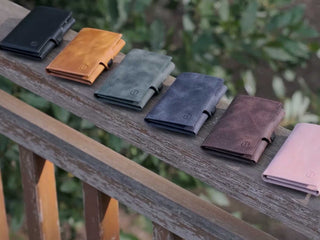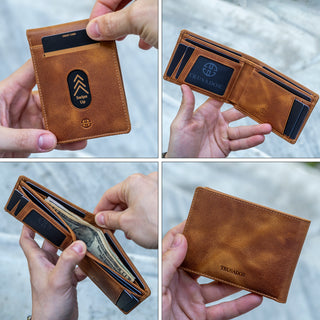Frequently asked questions about wallets often revolve around their features, materials, care, and functionality. Here are some common questions:
-
What are the different types of wallets?
- Bifold wallets
- Trifold wallets
- Money clips
- Cardholder wallets
- Zip-around wallets.
- Passport wallets
- Minimalist wallets
-
What is RFID blocking and do I need it in a wallet?
- RFID blocking technology prevents unauthorized scanning of RFID-enabled cards (like credit cards and passports). Whether you need it depends on your concerns about identity theft.
-
What is the best material for a wallet?
- Common materials include leather (genuine, full-grain, top-grain), nylon, polyester, and canvas. The best material often depends on personal preference for durability, style, and functionality.
-
How can I care for my wallet?
- Regularly clean leather wallets with a damp cloth and mild soap. Avoid exposing them to excessive moisture or heat. For fabric wallets, follow the care instructions provided by the manufacturer.
-
What features should I look for in a wallet?
- Number of card slots
- ID window
- Coin pocket
- Bill compartment
- RFID blocking
- Size and weight
- Front Pocket usage.
- Closure type (snap, zipper, magnetic)
- Material durability
-
How long should a wallet last?
- The lifespan of a wallet depends on factors like material quality, usage frequency, and care. A well-made leather wallet, for example, can last several years with proper care.
-
What is the difference between genuine leather and faux leather wallets?
- Genuine leather is made from animal hide, while faux leather is synthetic. Genuine leather tends to be more durable and develops a unique patina over time, whereas faux leather is usually more affordable.
-
Can I wash my wallet?
- It's generally not recommended to wash leather wallets, as water and soap can damage the leather. Fabric wallets may be washable but check the care instructions first.








